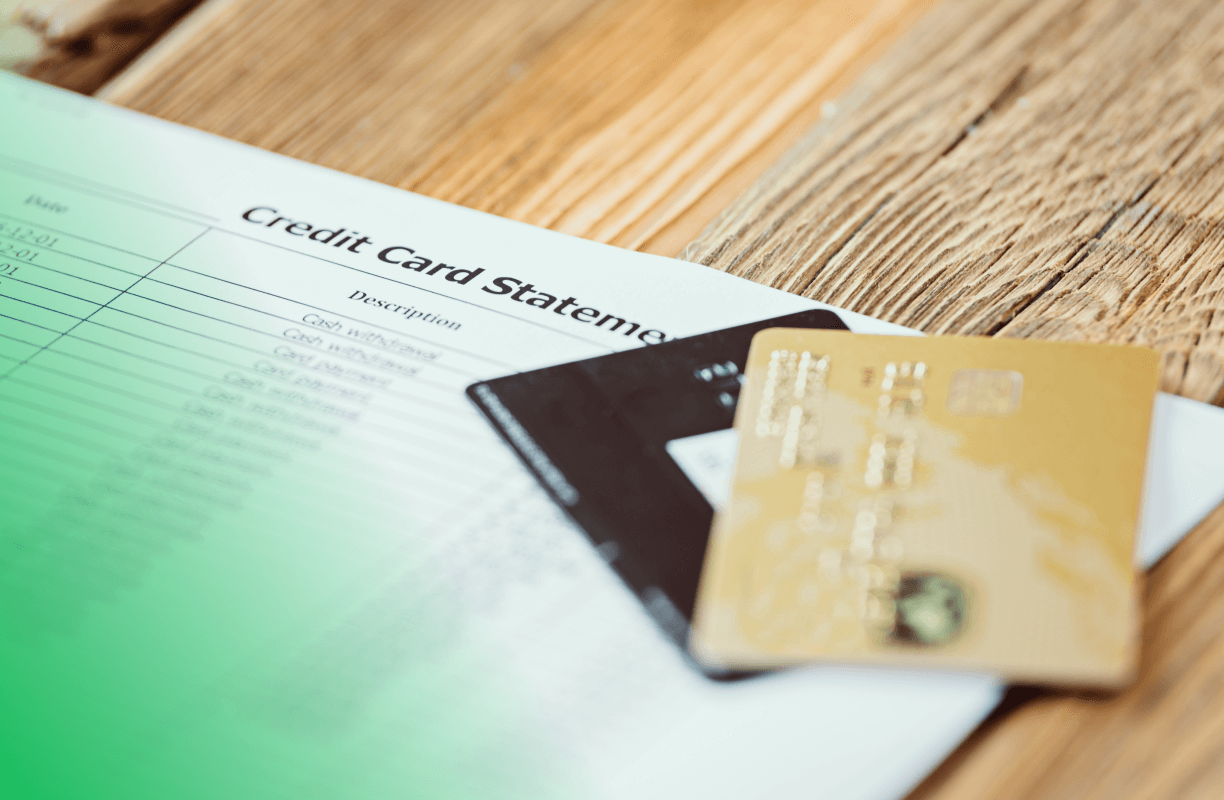Americans use credit cards for more than a quarter of all their financial transactions, according to the Fed. Tracking your balance, as well as current purchases and charges, can help avoid costly mistakes.
To manage your credit card bill responsibly, remember two terms: “statement balance” and “current balance.” Both can impact your credit score and, with the right action, help lower the amount you pay in interest charges.
What is a credit card statement balance?
Your statement balance is the total amount of charges and payments made during one billing cycle. It shows the total of all of your charges, purchases and fees, minus any credits or payments, that have been made since your previous statement.
Billing cycles can vary between cards, but they typically range between 20 and 45 days. Check your credit card statements or your credit card agreements for each card’s billing cycle.
What is a credit card current balance?
Your current balance shows the purchases and interest charges, as well as any payments you’ve made, on your credit card account since the start of your current billing cycle, including any balance you’ve carried from the previous month. It’s a real-time view of what you owe on your credit card.
Your current balance is different from your statement balance. It updates every time you use a credit card, and it gives you a better idea of how much money you owe at a given point in time. As you’ll see, pending purchases aren’t updated in your current balance until they’ve been posted.
Why is a statement balance and current balance different?
When you check your credit card balances online, you can see right away that your statement balance and your current balance are different. That’s because your current balance is continuously updated to show you all of your activity, while a statement balance only reflects activity during your previous billing cycle.
If you’ve made a purchase after the last billing cycle ended, check your account online. You’ll see that your current balance is higher than your statement balance.
For instance, let’s say your billing cycle is between 1st to 28th of the month, and during that period, you spent $700 on purchases. Your statement balance as of 28th will be $700.
But then let’s say you make an additional charge of $300 on 29th. Your statement balance will be the same ($700), but your current balance will be $1,000, as the additional charge was made after the billing cycle closed. The additional $300 charge will appear as part of the next statement balance.
What balance should I pay?
If you don’t pay your full statement balance by the due date, the unpaid amount will roll over to the next month's billing cycle and will start to accrue interest, per your credit card agreement.
If you can’t pay the statement balance in full, it’s still important to make at least the minimum payment by the due date to maintain a healthy credit score. Doing so will also save you from late fees.
Keep in mind that your statement balance sets your interest charge for the next billing cycle. In other words, your statement balance at the end of your billing cycle will determine how much interest you pay over the following billing cycle, regardless of when you pay off your balance. That’s why, if you know you’re going to pay less than the full balance, make your payment before the end of your billing cycle. That will lower the interest charge you’ll pay the next month.
It’s always a good idea to set up automatic payments to avoid late payments and interest charges. This can also help you boost your credit score over time.
Where can I find my balances?
Your statement balance is usually included with your monthly credit card statement, which is sent to you by mail or made available online.
You can keep track of your current balance by logging into your credit card account online to see the most up-to-date information.
How do balances affect credit score?
Each month, your credit card issuer will send a report to the consumer credit bureaus about your card usage. Although it’s usually the case that issuers send your statement balance to credit bureaus, some issuers may send the current balance instead. You can check with your issuers to see which balance is being reported.
Based on the report sent by your issuer, credit bureaus then calculate your credit utilization ratio, checking how much of your credit you’re using at the end of each billing cycle.
Your credit utilization ratio is a vital factor in your credit score, affecting your ability to get approved for new credit cards and lower interest rates. Your credit score can also be used on the loan rates, affecting the cost of buying a car or a home. Experts recommend always keeping your credit utilization under 30%.



